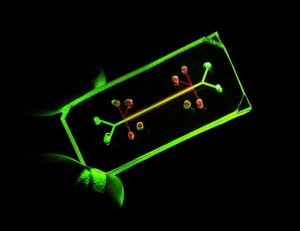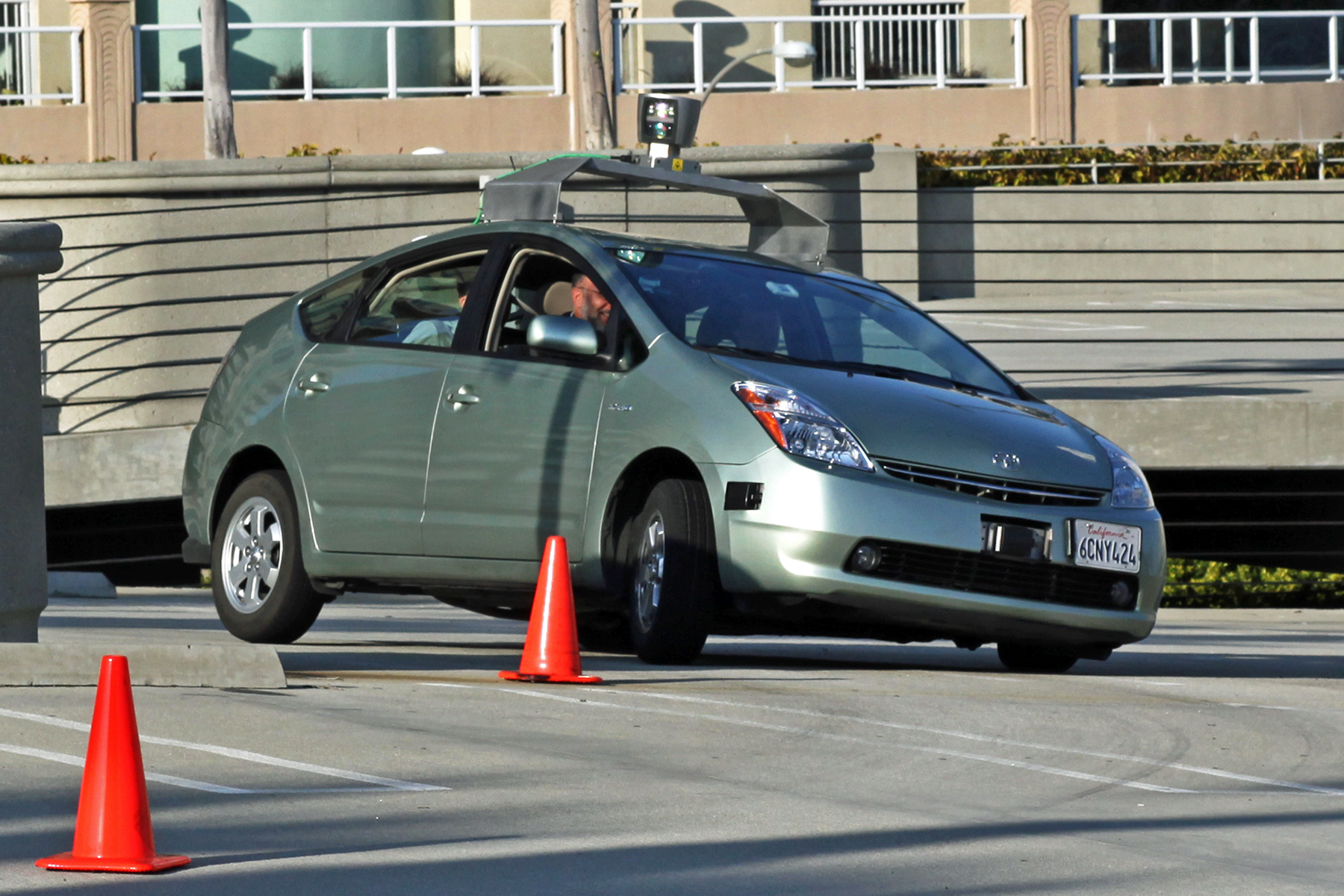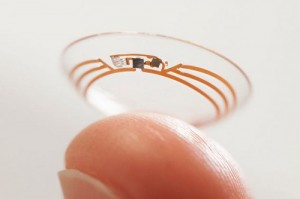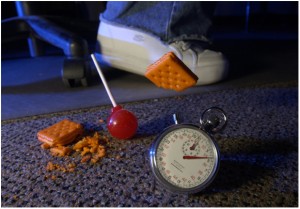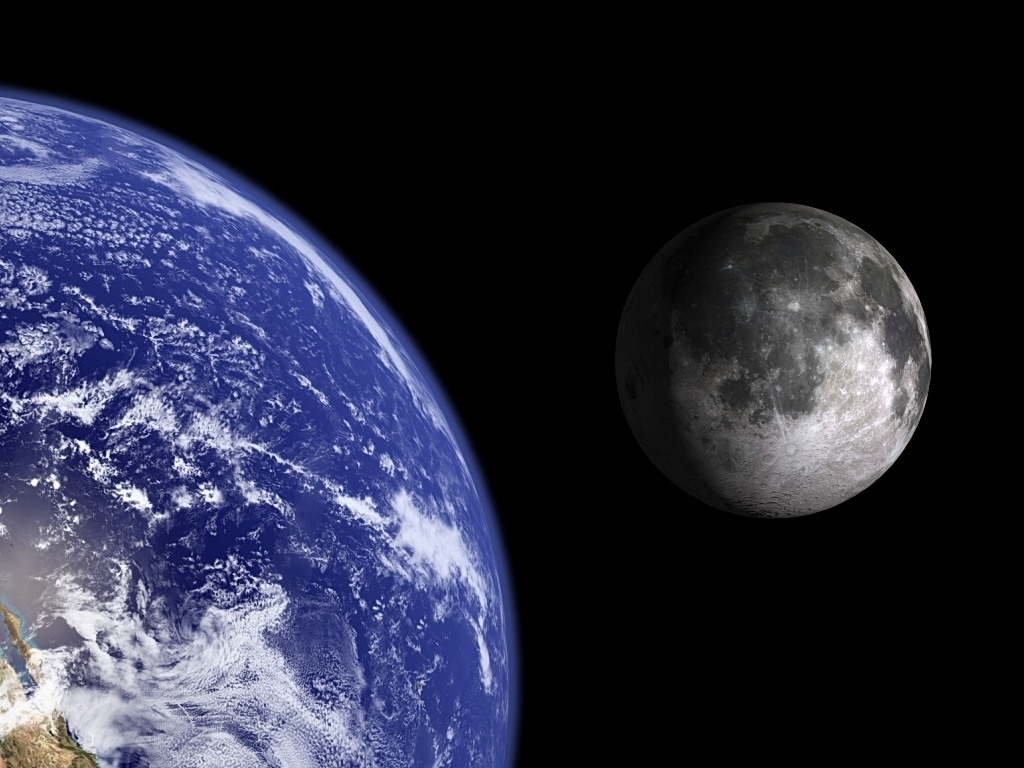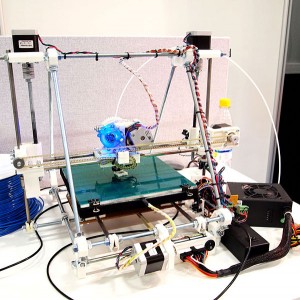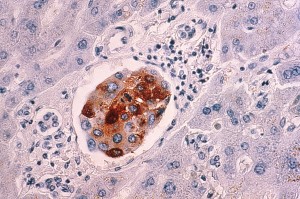Have you ever wanted to win that karaoke contest on Saturday night, but just couldn’t seem to stay on key?

Photo Courtesy of Flickr Commons: Encore Entertainment
Well, you may be in luck! Researchers have recently found that you can learn how to detect and produce absolute pitch, even as an adult, with the help of a pill. In this study it was demonstrated that the ability to achieve absolute pitch could still be learned as an adult (with the aid of a pill) even though there is normally a critical period (usually early in life) for being able to learn this type behaviour.
Absolute pitch is the ability to identify or produce a tone without the aid of any reference tone and it is estimated that only 1 in 10,000 people actually have the ability to do this. Although it is believed to be a genetic trait, it was previously thought that if absolute pitch was not learned during the critical period (from birth until around age 7) that it could never be obtained. However, with the help of a medication this critical period can be reopened and allow us more time to learn absolute pitch.

Photo Courtesy of Flickr Commons: Yngve Bakken Nilsen
Valproate, or valproic acid is normally used to treat epilepsy, bipolar disorder and migraine headaches. However, in the study mentioned earlier it was individuals taking valproate that were able to learn to identify pitch significantly better than individuals taking a placebo. Takao Hensch, a professor of molecular and cellular biology at Harvard University, says:
“It’s quite remarkable since there are no known reports of adults acquiring absolute pitch.”
Valproate is thought to be able to achieve these results by modifying the brain’s plasticity to a more juvenile state. As we age, our neuroplasticity decreases and that’s what causes these critical periods to exist. So, a higher plasticity in adulthood allows us to learn things we were once only able to learn as a child. It makes the brain “young again”.
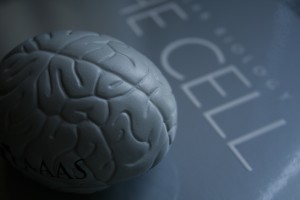
Photo Courtesy of Flickr Commons: Jean-Etienne Minh-Duy Poirrier
What does this mean? Well, being able to win that karaoke competition may only be the start of it. Critical periods exist for a wide variety of other things including language development. This discovery could also potentially enable us to learn new languages more effectively. The possibilities are truly endless.
However, Takao Hensch warns:
“…Critical periods have evolved for a reason and it is a process that one probably would not want to tamper with carelessly … If we’ve shaped our identities through development, through a critical period, and have matched our brain to the environment in which we were raised … then if we were to erase that by reopening the critical period, we run quite a risk as well.”
Although this finding seems to have incredible potential, would winning karaoke really be worth losing part of your personality?

